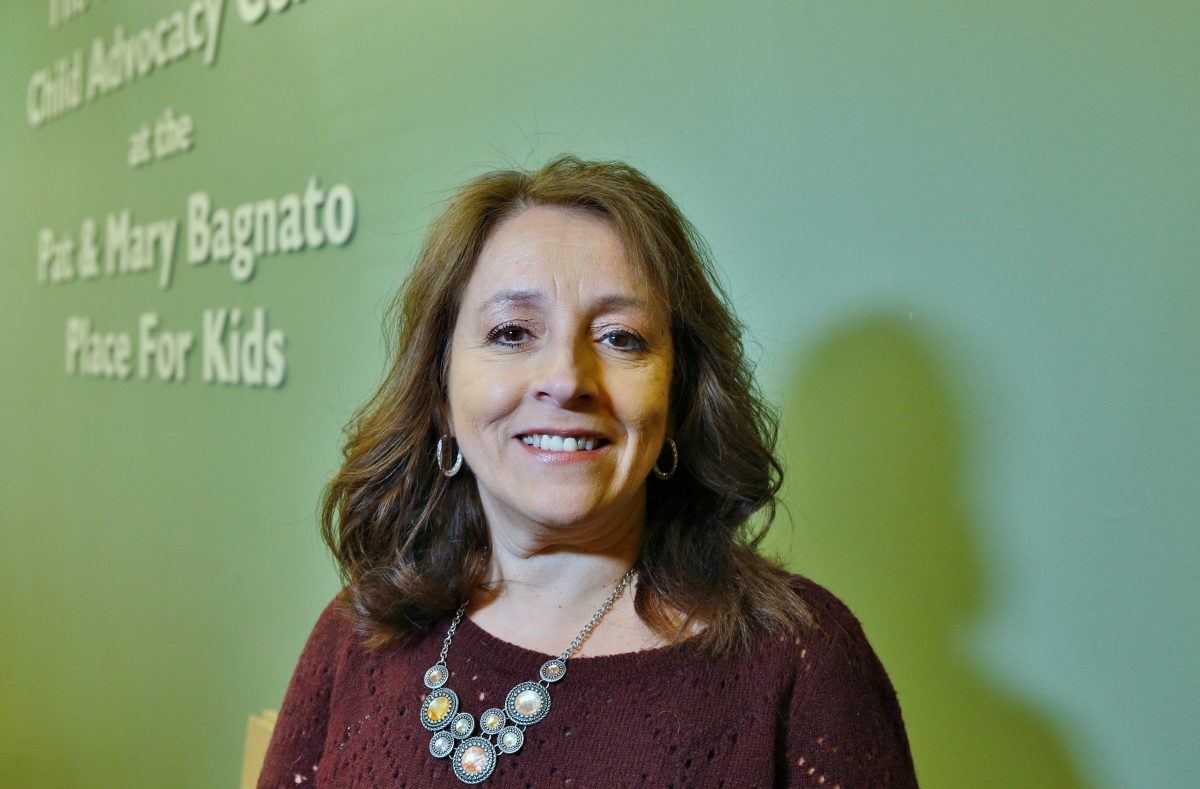Andrea Ramos-Topper stays positive despite the thousands of heinous sex crimes against children she has helped law enforcement investigate at the Suffolk County Child Advocacy Center that she’s run for two decades.
A licensed master social worker, the children’s services division director maintains that upbeat attitude regardless of how many unspeakable details kids share with authorities in the Central Islip nonprofit’s playroom with a two-way mirror — a facility that’s proven key in making underage victims comfortable enough to open up to investigators.
“A lot of people ask, how do you do this?” says Ramos-Topper. “Really the community that supports our efforts…really helps the children begin the healing process.”
The National Children’s Alliance, which oversees about 300 similar centers nationwide, recently re-accredited the CAC, one of few on Long Island that work with sex crime survivors. The center also offers medical, mental health, peer-to-peer and other services.
CAC opened in 1997 at the urging of a grand jury report that found issues with the investigation into Katie Beers, the 10-year- old girl held in an underground bunker in Bay Shore for two weeks in 1992.
“You can never overemphasize the critical role that the Child Advocacy Center has,” says Gregory Blass, the former commissioner of the Suffolk County Department of Social Services.
Retired Det. Lt. Greg Byrne, the ex-commander of the Suffolk County police Special Victims Section, agrees.
“Without having a resource like the CAC, we certainly wouldn’t have the successes that we have in investigating and prosecuting these types of cases,” says Byrne.
The center, a unit of the nonprofit EAC Network, expanded in 2010.
“As we saw an increase in needs in the community,” Ramos-Topper adds, “We realized that there was a need for a larger facility.”
More recently, they started the Safe Harbour program that provides services to survivors of human trafficking and sex trafficking. They’ve helped about 150 victims, including dozens of boys and girls in the past three years. Ramos-Topper notes the problem persists despite public ignorance.
“The sad truth it does happen, and it happens here in Suffolk County,” she says.





























